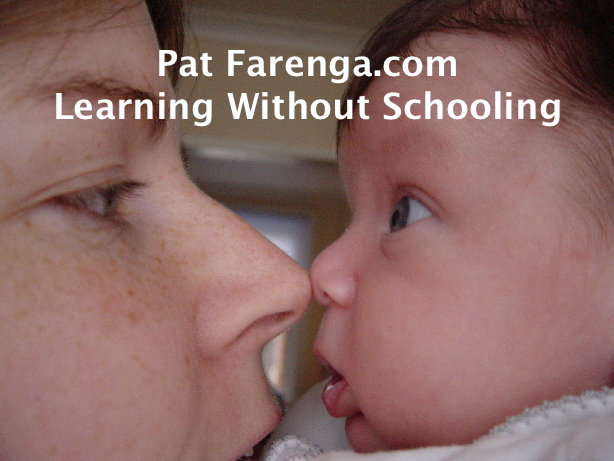The Right Side of Normal
 Tuesday, September 25, 2012 at 5:31PM
Tuesday, September 25, 2012 at 5:31PM A great thing about homeschooling is being able to let your children teach you how they prefer to be taught and then helping that unique process unfold. It is so worth the time to figure out how your child and you can best work together, particularly if your child is not ready to fit in a conventional classroom. An observant adult who is not feeling rushed to make a child do things at certain times can see that learning is something that can be caught, not just taught, and this leads to all sorts of reconfigurations about what children can and can’t do. However our school-based conceptions of learning are increasing teaching time in class and students who don’t take instruction well while sitting still—or who simply can’t sit still—are finding themselves to be second-class educational citizens.
This blog post at the Washington Post by an anguished father, who has ADHD (attention deficit hyperactivity disorder) himself, notes that even in the best schools in the United States children with learning differences are not treated well. He concludes:
In the meantime, my kids will struggle through school, battered along the way, and, like their father, be forced to discover most of their talents and passions on their own, outside of school.
This family feels deeply wounded by school though education experts often claim that children such as these, sometimes called right-brained learners, need even more costly processing and highly trained teachers than other students. However, just as homeschooling proves you don’t need to follow the conventional prep school route to gain admissions to Ivy League schools, so it is proving you don’t need to hire learning specialists to help a special needs child.
Cindy Gaddis, a homeschooling mother of seven, is an observant, caring adult to a variety of right-brained learners and she has shared her knowledge and experience at conferences and through articles for many years. She, her children, and the many others she has helped show that it is possible for ordinary parents to work with right-brained learners. Outside help is sought when needed, but Gaddis inspires you to see how much you can accomplish with your right-brained learners in your home and community.
Cindy Gaddis has distilled her experiences into a fantastic book, The Right Side of Normal: Understanding and Honoring The Natural Learning Path for Right-Brained Children. I urge you to read it no matter what type of learner you or your children are; you will find many examples of how to approach topics from different angles for different learners, how to find and develop your patience when your children learn in fits and starts, and lots of genuine work samples that show you how to provide useful feedback to your children and to others who care and work with them. This is a marvelous, empowering book that supports parents and children to think about special needs education through a different lens.
Cindy is making a limited time offer: if you purchase a print copy she will include a free eBook copy for you to share with others.


